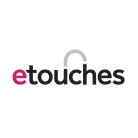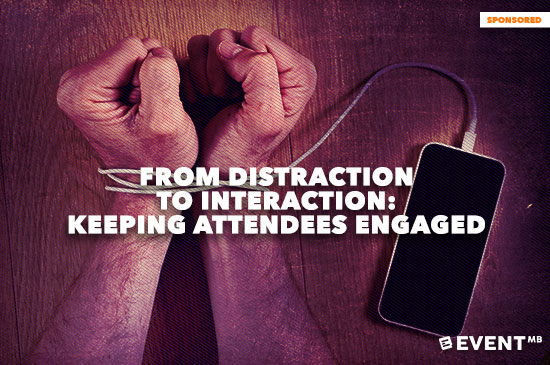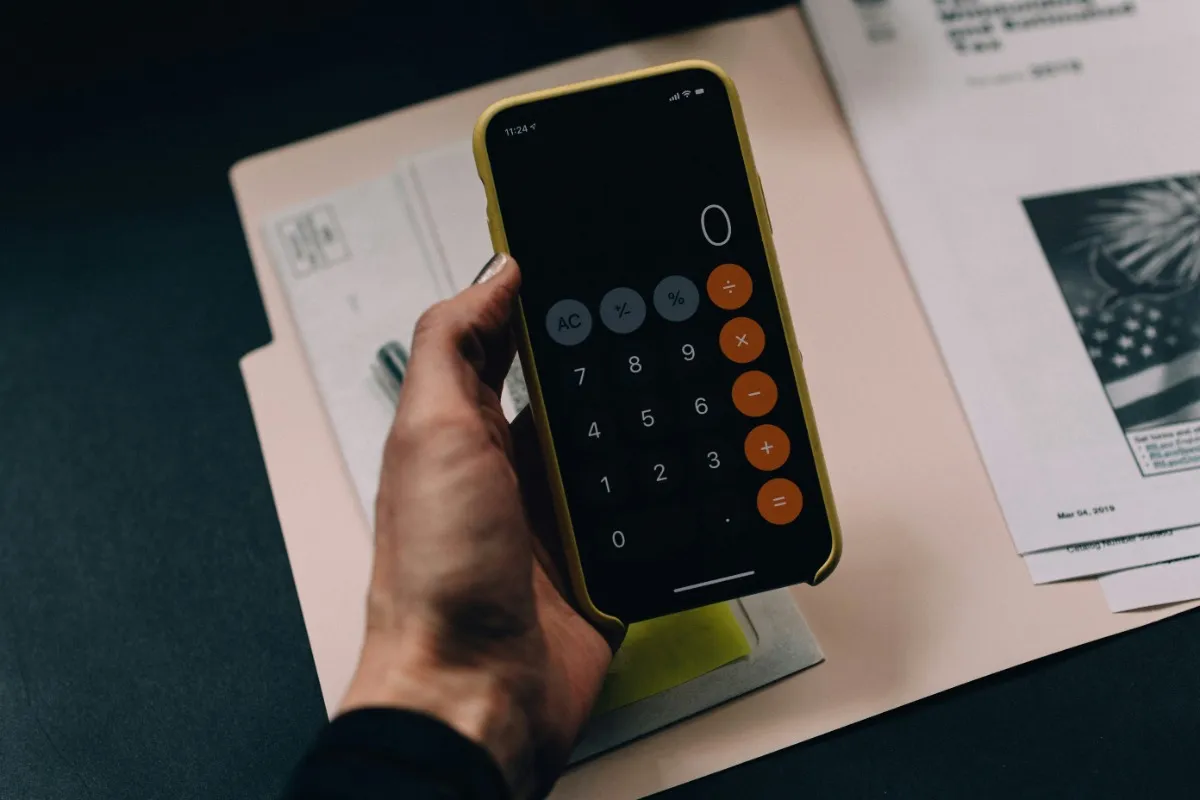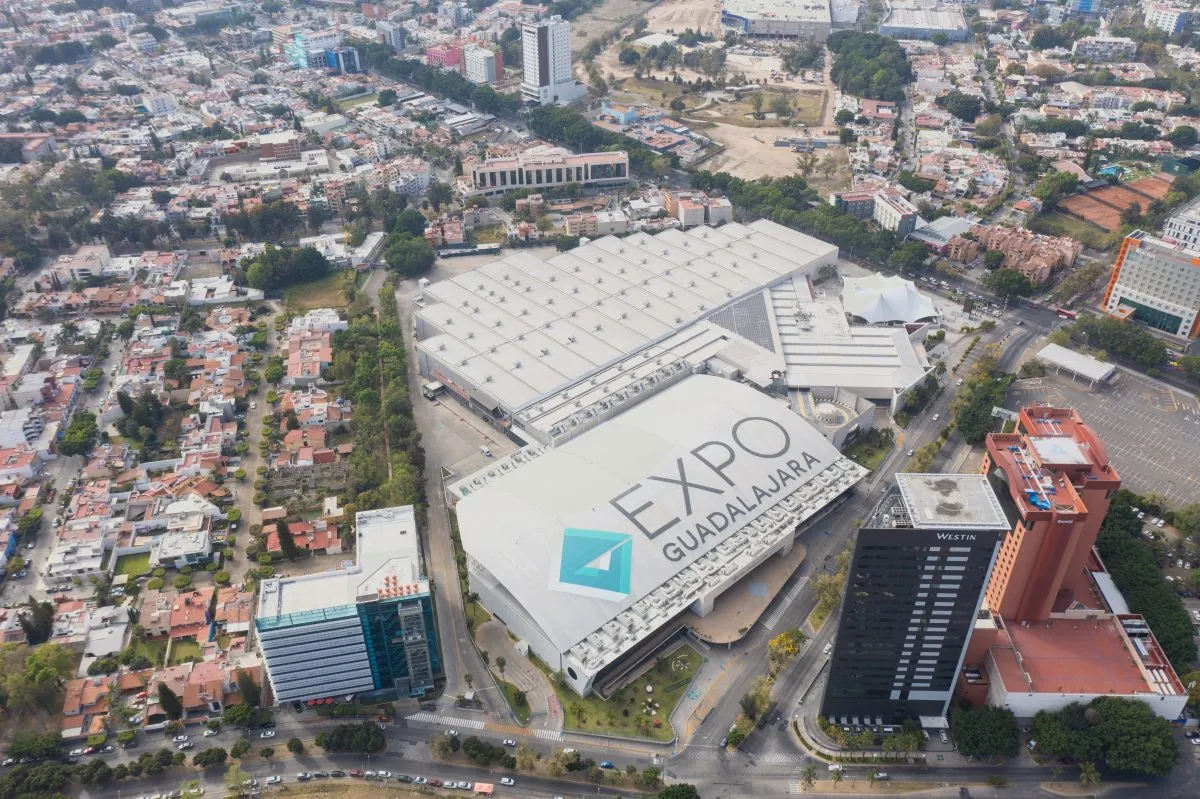From Distraction to Interaction: Keeping Attendees Engaged


This is a sponsored post written by Mike Tenholder, Sr. Sales Engineer, etouches. More information about Event Manager Blog’s sponsored posts.
There are probably dozens of things that we could live without in this world, but our mobile devices are likely not one of them. As you read this you probably have at least one device sitting in front of you (or you may be reading this very article on a phone or tablet). We won’t leave the house without this lifeline and we wonder how generations before us made it without such technology.
Now that mobile technology, with its numerous device options and millions of apps, has matured, it’s not just a lifeline; it is global connectivity. Along with this connectivity we have now become all too familiar with what also lurks below the touch screen: distraction. This promise of something new and interesting transcends all generations; and at one time or another, we have all succumbed to an extended “quick peek”.
Mobile Devices Are Not Going Anywhere
In a recent study by IMEX America & MPI, 40% of respondents agreed that delegates should turn their devices off and put them away before the meeting starts to maximize attention. With the average attendee owning 1.57 devices according to Wireless Intelligence, it is almost impossible to remove the mobile distraction from your event. So, if you read the above paragraph title again it is okay to laugh at the intended pun.
If you choose to ban the use of personal devices at events, you run the risk of alienating some of your attendees or losing them all together. While the point is to make people more connected and engaged, it may end up doing the exact opposite. Furthermore, how can you really make sure all of your attendees stick to this “rule”? Will you have inspectors go down the aisles of your meeting room like a movie theater attendant checking for people on the phone and kicking them out if they don’t turn it off? No, that is something your attendees will for sure not be on board with.
Instead, you need to use the distraction of mobile to your advantage. Mobile is here to stay and meeting professionals should embrace the additional opportunities it brings to encourage interaction and face-to-face “connectivity”. If your attendees are going to be distracted, make sure they are distracted by your event!
Here are a few ways to turn distraction into interaction.
Live Polling & Results Display
An effective engagement strategy is to ask the audience a question during a general meeting or breakout session. The challenge is that not everyone is comfortable with raising their hand and providing their insight in front of an audience. The solution: live polling. Live polling via an event app is a great way to sustain the audience’s attention to the session content. Asking a simple question such as “What country are you from?” is collecting information that will stimulate interest and further interaction. As participants make their selections via the meeting app, results can be streamed in real-time to an on-stage display. Why display the results on the stage? It will redirect a participant’s eyes from their mobile device back to the stage.
Gamification
Let’s face it, we all like to play games… and we really like to win. Since games are some of the most highly rated and most frequently downloaded apps, there is an obvious application to meetings and events. There are opportunities to enable games that encourage meeting attendees to interact with one another. For example, a scavenger hunt is an ideal way to foster cross-constituent teamwork and get people talking to one another.
How does a scavenger hunt work on a mobile device? A list of activities to perform, objects to seek and people to meet is contained within the meeting app. Each item on the list can have an associated QR code that specifies the item and the point value. During their quest, the team will scan the QR code and they are awarded points with the highest scoring teams gaining recognition (and maybe a gold star in their permanent record).
For non-team oriented games, a point-based activity feed is a great way to encourage interaction between attendees much in the same way that a scavenger hunt does. Attendees can be awarded points for meeting with specific speakers, vendors or exhibitors as the event progresses. To ensure quality interactions have taken place, survey questions with answers only attainable through a face-to-face connection will be awarded points.
Matchmaking & One-to-One Meetings
At one time or another we have all left an event only to find out that we missed an opportunity to connect with a key prospect or an otherwise unknown influential contact. If we had only known ahead of time, we probably could have found a way to meet with them, even if for only 10 minutes.
By capturing an attendee’s interests during the initial registration process, a meeting app can “match” attendees with similar interests. Attendees can then facilitate the scheduling of a face-to-face connection via the mobile app so that no opportunity is unrecognized.
It would be difficult to find an event that did not have established break times for personal time and to allow attendees to check emails and return phone calls (yes…mobile phones can be used for phone calls). These breaks are ideal for scheduling one-to-one meetings with other attendees outside of the structured event agenda.
How does it work? An attendee can securely request a meeting with another attendee directly from the meeting app. A time, place and topic of discussion can be specified in the request; and upon receipt of the request, the other attendee can choose to accept or decline the invitation. Upon acceptance, the one-to-one meeting is placed on each participant’s calendar to avoid conflicts with the official event agenda.
Social Wall
So what happens with all of the live polling, scavenger hunt scores and activity feed rankings? The best way to present this information is to feed it from the meeting app to displays throughout the venue. Also known as social walls, these displays can show updates to live polling results, gamification scores as well as event-appropriate social media content as posted by attendees. Seeing our “name in lights” is powerful recognition by the event hosts as well as other attendees.
In Conclusion
The point is to not fear technology, but embrace it. Like any piece of technology or function that you add to your event, you need to know the purpose of it. Once you have a purpose, you can use that technology to do exactly what you want. Instead of looking at mobile devices and tablets as a distraction, create a specific purpose for them like networking, gamification or data collection. Make mobile an ally to your event and attendees rather than an enemy by encouraging face-to-face connections, which in the end leads to greater event ROI and attendee satisfaction.




